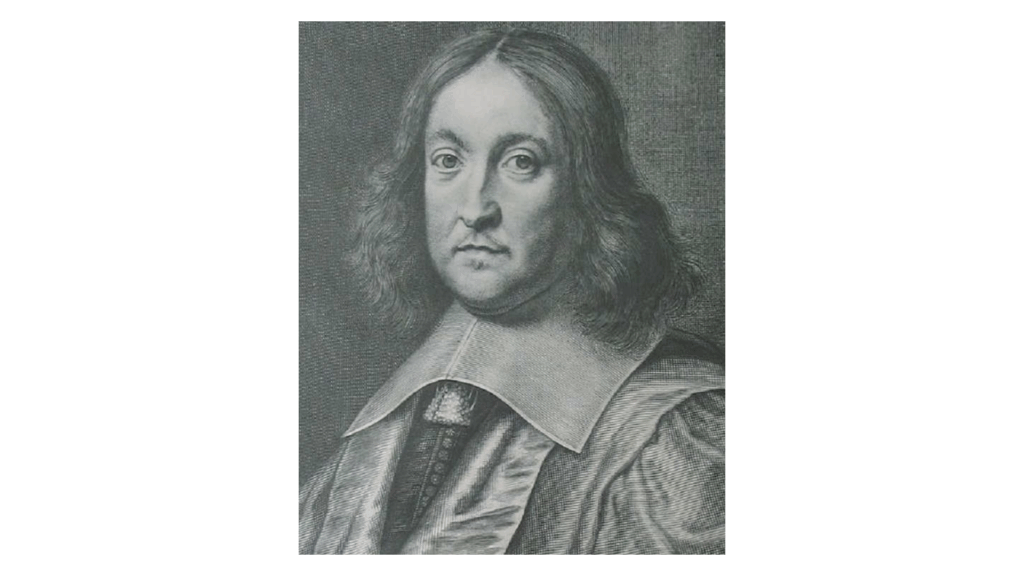Pierre de Fermat
Pierre de Fermat (1601–1665), nicknamed the Prince of Amateurs, was an exceptional French Mathematician known for forming the modern theory of numbers. One of the leading mathematicians of the 17th century, he discovered the fundamentals of analytic geometry.

Pierre was born on 17 August 1601, in Beaumont-de-Lomagne, France. Little is known about the mathematician’s early life, but he attended a local French school in his hometown before studying civil law at the University of Orléans. He graduated in 1626 with a Bachelor’s degree. Unlike many other famous mathematicians, he was not a child prodigy. In fact, Fermat’s passion for the art of maths came much later when he moved to Bordeaux after graduation. It’s never too late to start something you love!
In 1631, Fermat purchased a councillor position at the Parlement de Toulouse, a prestigious legal body. He also married Louise de Long during the same year, and went on to have 8 children with her, 5 of whom survived to adulthood. Pierre and Louise were also cousins, but now you probably don’t want to know any more than that about their relationship.
Fermat began rigorous mathematical research influenced by a couple of mathematicians he had met. He dedicated his evenings to maths, while also juggling his career in law. Most of us come back home and binge Netflix series! Maybe that’s what’s stopping all of us from becoming famous mathematicians.
The Prince of Amateurs
Despite his ground-breaking revelations, Pierre is often nicknamed as the ‘Prince of Amateurs’. As he was so involved in his law career and had a lack of mathematical background, his insights are regarded as even more profound. Unlike other mathematicians like Descartes or Newton, he did not seek academic recognition, publishing little during his lifetime. This amateur status, combined with his noble legal standing, earned him the title as a testament to his dual identity as a lawyer and mathematician.
Later life
Fermat’s later years focused on his legal career in Toulouse, where he rose to a high-ranking position by 1652. However, his mathematical work slowed due to the Fronde civil war and a near-fatal bout of plague in 1651. After recovering, he briefly resumed his research but faced declining health. He died at the age of 63, which was well above the average life expectancy of 35-40 at the time. Maybe all the maths he did helped him live longer!
Achievements
Despite Fermat’s desire to lay low and his lack of published work, this French polymath has several remarkable achievements to his name. Fermat’s Last Theorem proved no three positive integers satisfy xn + yn =zn for n>2 (try this one for yourself!). He found ways to calculate highest and lowest points on curves (early calculus), explained how light bends through different materials (optics), created the Prime Number Rule, a key principle for prime numbers used in encryption, and developed early probability rules with Blaise Pascal.
A lawyer by day and maths genius by night, he casually dropped game-changing ideas like Fermat’s Last Theorem, that famous cube-sum puzzle, while scribbling proofs in margins. His work in calculus and probability laid groundwork for Newton and Pascal, yet he rarely published, earning him the nickname “Prince of Amateurs.” Despite his secrecy, his legacy exploded — his theorem haunted mathematicians for 358 years until Andrew Wiles cracked it in 1994. Proof that even cryptic ideas can spark revolutions, and sometimes the best puzzles take centuries to solve.